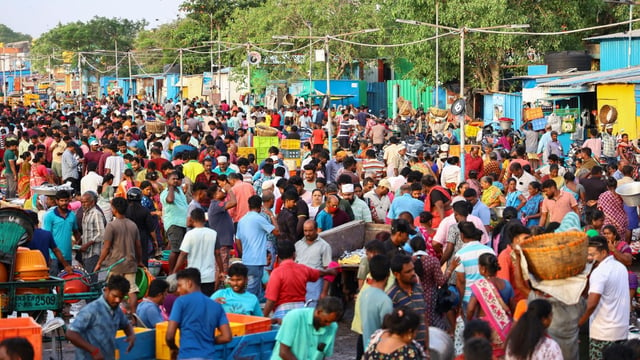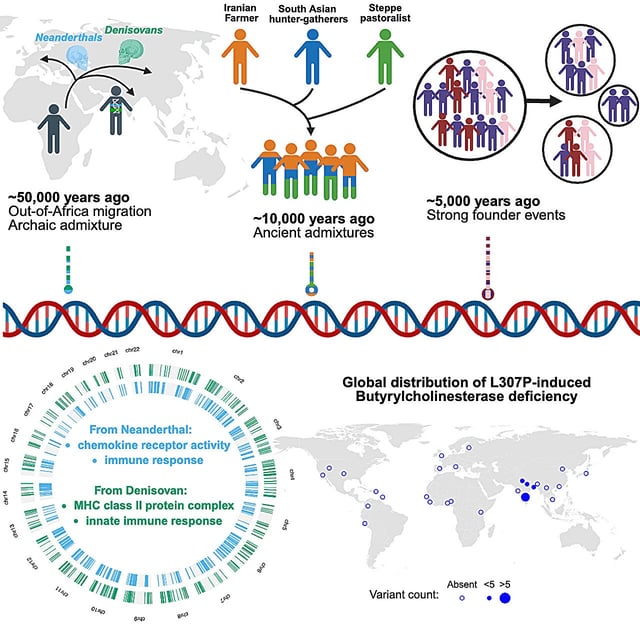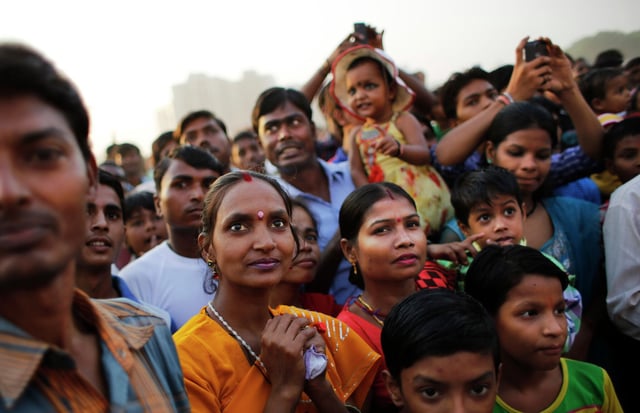Overview
- Published in Cell on June 26, the study sequenced whole genomes of 2,762 individuals from the LASI-DAD cohort to represent most of India’s ethno-linguistic diversity.
- Modern Indian genomes derive from three main ancestral populations—South Asian hunter-gatherers, Neolithic Iranian farmers and Eurasian Steppe pastoralists—that intermingled over the past 10,000 years.
- India harbors the highest variation in Neanderthal ancestry among non-Africans, enabling reconstruction of about 50% of the Neanderthal genome and 20% of the Denisovan genome.
- Community endogamy established between 3,000 and 5,000 years ago caused genetic bottlenecks that increased the prevalence of deleterious variants in many groups.
- Researchers identified numerous rare, population-specific pathogenic variants linked to blood disorders, congenital hearing loss, cystic fibrosis and other conditions.


